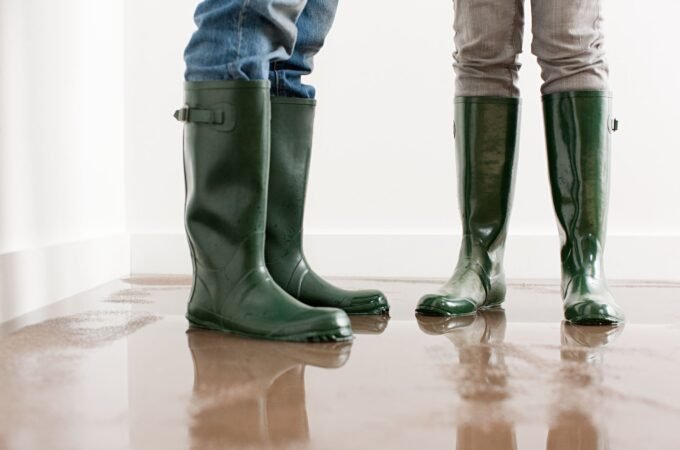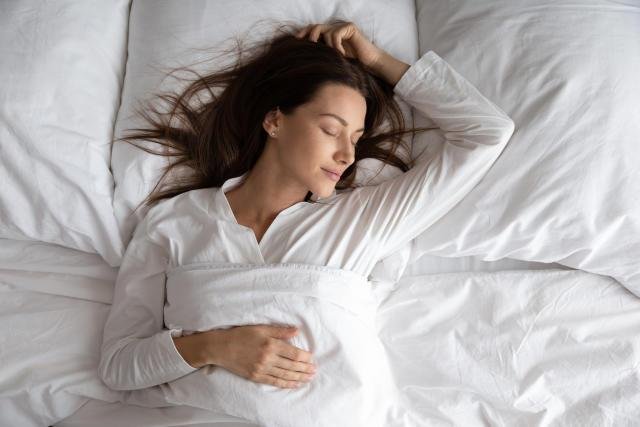
How To Choose The Right Textured Paint For Your Home?
Gone are the days when we simply chose any random colour and asked professional painters to cover the walls with it. Nowadays, painting is an art form consisting of various ways to enhance even the simplest tint on the walls.
Textured paint is one such form of house painting that can instantly perk a plain wall. These add depth and character to your walls, creating an atmosphere that is the true reflection of your personal style.
However, selecting the perfect textured paint can be a challenging task, given the wide array of options available in the market. Therefore, we bring a guide from the best painters Services in Richmond to assist you in exploring the world of textured paint, assessing it and making the best choice for your home.
Table of Contents
ToggleUnderstanding Textured Paint
Before delving into the world of textured paint by Sunny Dayz Painting and Decorating, let’s first understand these in depth.
What Is Textured Paint?
Textured paint is a special type of paint that contains added particles or additives, which create a unique tactile and visual effect on your walls. It’s designed to provide depth, interest, and dimension that flat paint simply can’t achieve. The texture can range from subtle to dramatic, depending on the specific product used.
Various Types of Textured Paints
Textured paints come in a variety of forms, each with its characteristics. Some common types include-
- Popcorn- Creates a bumpy, popcorn-like texture on the surface
- Sand- Contains fine sand particles for a gritty texture
- Stipple- Achieves a stippling effect with raised dots or patterns
- Roll-on- Applied using a roller to create various textures
- Brushed- Rustic appearance achieved by brushing the paint in various directions.
- Orange Peel- Creates a surface resembling the texture of an orange peel
- Knockdown- Initially applied as a textured pattern, then flattened or “knocked down”
- Fabric- Mimics the look and feel of fabric or textile surfaces
- Granite Finish- Replicates the appearance of natural granite stone
- Combed Texture – Achieved by combing through wet paint to create patterns
Advantages of Using Textured Paint
Textured paint isn’t just about aesthetics; it also offers several practical advantages. It can help to
- hide imperfections in your walls
- improve sound insulation
- resist stains and damage better than flat paint
- adds an extra layer of personality to your living space
- makes maintenance easy
Tips to Choose the Best Textured Paint for Your Home
Before diving into the world of textured paint, it’s important to assess your home thoroughly. Consider the following factors:
Texture for Different Rooms
The texture you choose should be in harmony with the purpose of the room. For instance, a cosy bedroom might benefit from a soft, calming texture, while an entertainment room could embrace a more dynamic, eye-catching texture.
Colour and Texture Combination
The colour and texture of your walls should complement each other. Lighter colours paired with subtle textures can make a room feel more open and spacious, while darker colours with deeper textures create a sense of cosiness and intimacy.
Texture and Lighting
Lighting plays a significant role in how textured paint appears. Experiment with different lighting sources to see how they interact with the texture. Some textures may cast fascinating shadows, adding a unique ambience to your space.
Texture and Furniture
Consider the existing furniture and decor in your room. Ensure that the texture you choose harmonises with your furnishings. Painters in Richmond state that a well-thought-out combination can bring unity and balance to the space.
DIY or Professional Application
The next decision to make is whether you’ll apply the textured paint yourself or hire a professional. While DIY can be cost-effective, professional painters have the expertise to achieve a flawless finish, which is often challenging for beginners. Make your choice based on your confidence and the complexity of the project.
Preparing Your Walls
Proper wall preparation is essential for a successful textured paint application. Clean the surface, repair any imperfections, and ensure it’s smooth and dry before you begin. Textured paint can highlight wall defects, so starting with a well-prepared surface is crucial.
Application Techniques
The application technique you choose can significantly impact the final result. Common methods include rolling, brushing, and spraying. Each technique by the painters in Richmond creates a different texture and appearance, so experiment on a small area before committing to the entire room.
Maintenance and Longevity
Textured paint can be durable, but it’s essential to understand how to care for it. Regular cleaning and maintenance can help extend its lifespan. Additionally, consider how easy it is to touch up the texture in case of minor damage.
To Sum Up
Choosing the right textured paint for your home is a creative and rewarding process. By understanding the different textures available, assessing your home’s needs, and considering factors like lighting and furniture, you can transform your living space into a unique and inviting haven. Whether you opt for a professional application or decide to go the DIY route, the end result will be a home filled with character and charm, thanks to your well-informed textured paint choice.
Sunny Days: The Best Painters for Residential and Commercial Needs
If you’re considering professional assistance for your textured paint project, look no further than Sunny Days. We specialise in both residential and commercial painting needs, offering expert services to make your vision come to life. Contact us today to transform your space into a work of art.





